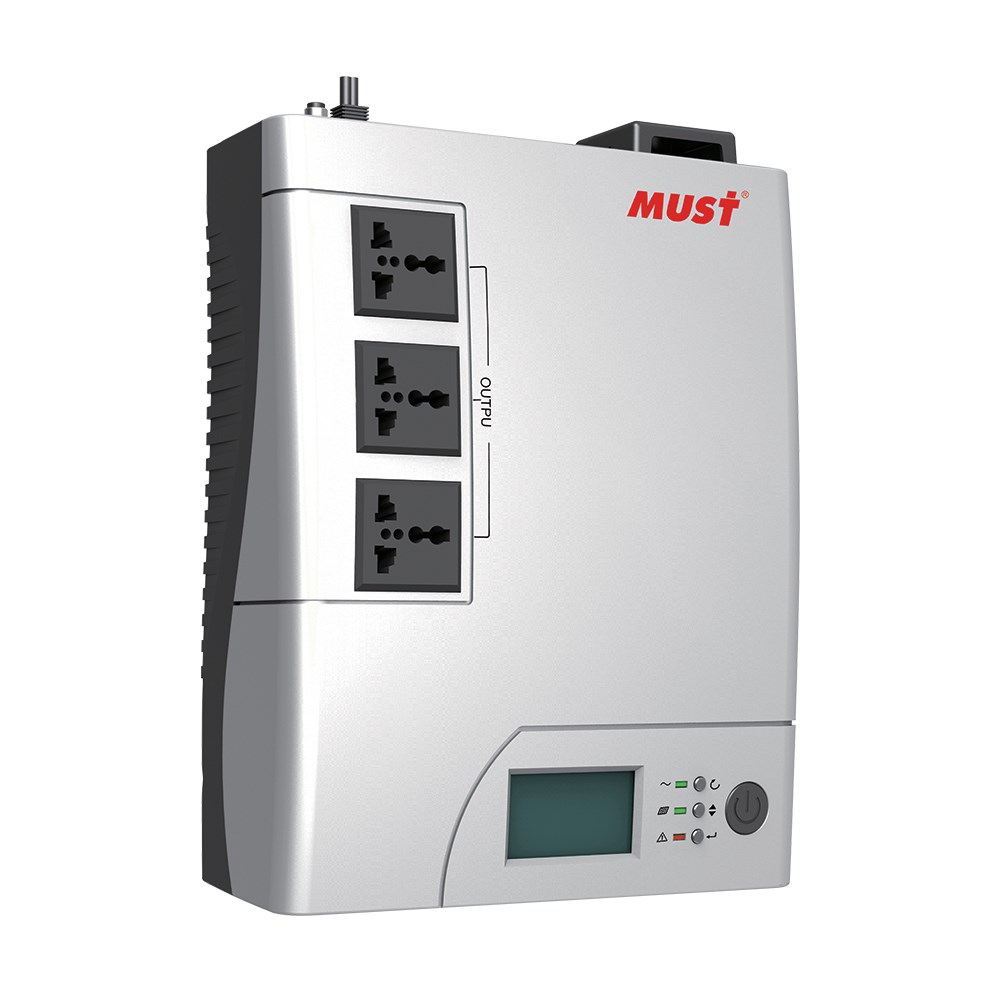Ⅰ What does a solar inverter do?
As an interpreter, think about your solar inverter and DC and AC as two separate languages. As do your equipment and your power system, all the electrical wires flowing across your home bear or 'talk' AC. Your solar panels, though, 'talk' DC. So, there's a contact barrier, in nature. Without any support, the solar energy system can't transmit electricity to either your house or the electric grid.

What offers the assist is an inverter. The solar inverter's main function is to transform or "invert" the solar energy produced by your solar panels from DC to AC so that it can be used by your home and utility grid. But that's the first and most important service it delivers. But your inverter has another essential function, in addition to inverting energy from one medium to another: online networking.
Solar inverters help you to link your solar energy device to the internet, enabling you to access your system details in turn. This is extremely beneficial when you want to measure your output of solar energy against your use of household energy (the energy expressed in your utility bill) or to ensure that your system is working properly.
Ⅱ Types of solar inverters
There are a handful of different suppliers of inverters out there, but most businesses rely on one of the forms of inverters listed below. Starting with styles that have the fewest features to types with the most features, we have put them in order.
The inverter you get is dependent on a variety of considerations, such as: which company you employ, how much shade your home has, how you want to use your solar inverter, and/or the residential solar utility specifications in your location.
1.Straight String Inverter
A string inverter was the only available alternative for several years. Owing to its lower general upfront costs and minimal long-term maintenance needs, one of the key reasons for this was (since there is only one point of failure).
As an example of how a string inverter operates, consider that a swimmer is caught in an ocean riptide to create a human chain on the beach to save him from drowning (like the Panama City Beach rescue in July 2017). Each entity in the chain represents a solar panel, and it directly impacts the output of the rest of the chain whether one of them is poor or injured.
It is how the inverter of a string works. Solar panels are related in sequence, and if one of the panels in that series is shaded or dirty because the string can only work at the level of the least efficient panel, it impacts the output of the rest of the string. A straight string inverter may not be the best option for you if you have a home with many roof planes. However, if you live anywhere that is normally sunny and your house has a roof facing south, then a straight string inverter could be a perfect choice for you because it will help you keep a little coin in your wallet and you will gain the repair advantages that come with ease.
2.Optimized String Inverter
Except that it has power optimizers mounted underneath each solar panel on the roof, the optimized string inverter is identical to the regular string inverter. The power optimizer transforms the solar panel into a "smart panel" and, by tracking and then communicating the performance of each solar panel independently, maximizes performance. This helps you to pull the most electricity out of your system.
A straight string device will normally outperform programmed string inverters. One business dominates the residential industry when it comes to offering a solution of power optimizers: SolarEdge. Over the past five years, SolarEdge's power-optimized approach has evolved steadily and accounted for nearly 60 percent of all residential solar installations in the US as of December 2019.
3.Microinverter
A microinverter is mounted under each solar panel on the roof, rather than having a larger inverter on the side of the tower (similar to the way power optimizers are installed). Giving each panel its own microinverter gives designs more versatility (technically, a person could install a system with one microinverter, and then add on later as needs arise). The microinverter also converts DC to AC right on the roof, while DC energy is passed to the string inverter by the optimizer, which then converts DC to AC.
4.Hybrid Inverter
The "New Kid on the Block" for inverter technologies is hybrid Inverters. A mixture of a PV (photovoltaic) inverter and a battery inverter is a hybrid inverter and is available in straight string and optimized string options. For homeowners interested in energy backup choices (even if the homeowner is not yet ready to mount a battery), this is becoming a common alternative because it makes installing a battery much less costly.
The option to wire an electric vehicle (EV) charger to the converter is an added feature (now provided by SolarEdge). This way, as he/she is ready to go electric, a homeowner will have the option to install an EV charger without the potential to pay extra costs for the main panel update.
A hybrid inverter, as you can see, has all the characteristics you expect from a PV inverter, but also makes upgrades to please the most die-hard energy enthusiasts.
-
Phone
18126161077 -
Wechat





